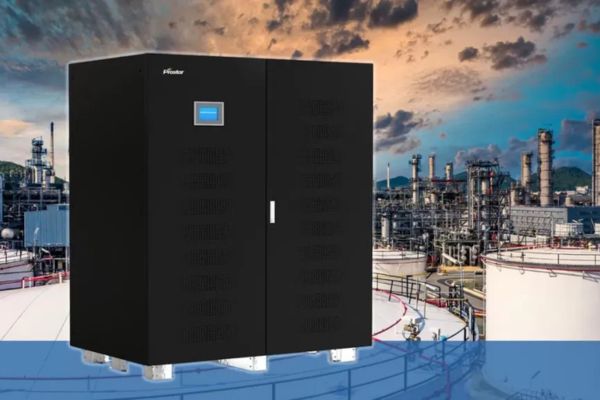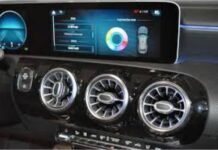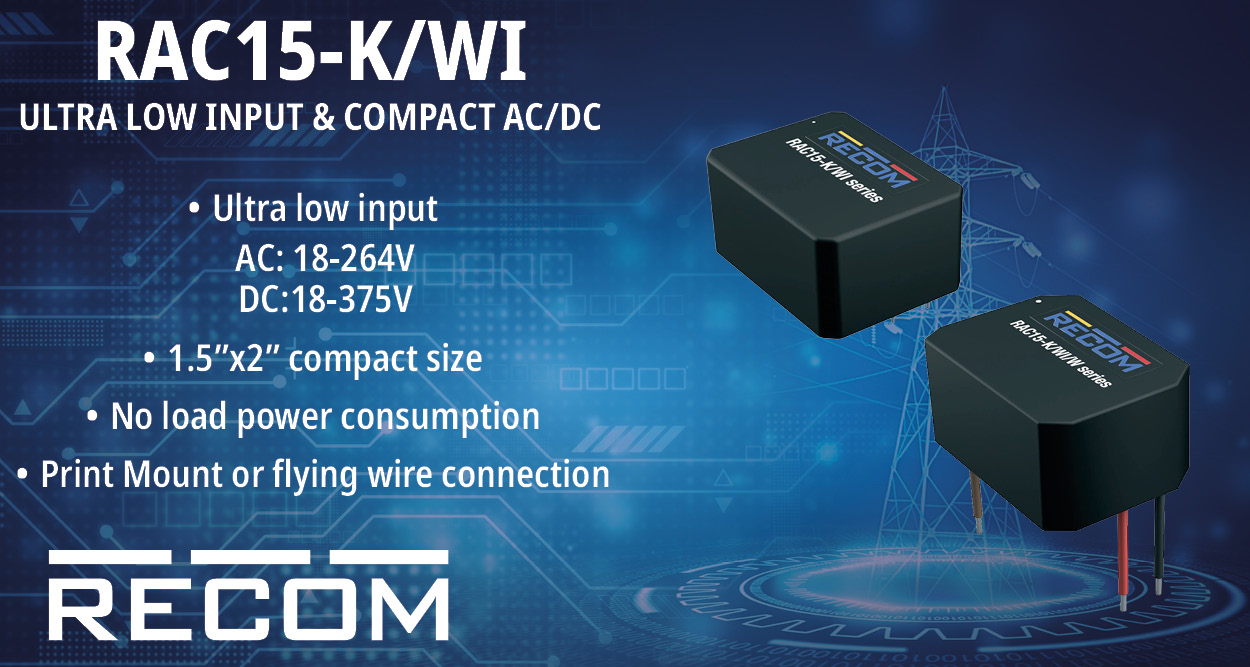Introduction
The automotive production facility, a high-demand environment, experiences costly downtime, component defects and even halted robotic processes in case of power disruptions. As a result, manufacturers have adopted the reliable Uninterruptible Power Supply (UPS) technology to ensure continuity. Owing to the compact design, high efficiency and advanced digital controls, transformerless UPS systems have become a popular choice. This type offers the necessary protection without the bulk and energy losses of a traditional model.
1. Understanding Transformerless UPS Technology
A transformerless UPS system refers to UPS systems that utilize electronic components to convert and condition electricity in place of a transformer. Commonly used in sectors prioritizing space and energy efficiency like data centers, IT and networking applications, the transformer-free UPS provides a smaller model size, greater efficiency and lower costs. The electronic components which enable its functionality include insulated gate bipolar transistors (IGBTs), a three-terminal power semiconductor device that forms a switch for high efficiency and fast switching, and a double-conversion architecture to ensure the conversion of incoming AC power to DC and then to AC again. Additionally, it provides a smaller carbon footprint, with energy efficiencies between 96-98%. Overall, the transformerless UPS system ensures not only a faster response but also a lower total cost of ownership. However, this technology is less suitable for applications where electrical isolation, voltage regulation or specific load compatibility is required.
2. Power Requirements in Automotive Production Lines
The highly sophisticated and synchronized equipment used in automotive production facilities demands a consistent and clean power supply. Robotic welding stations are sensitive to voltage variations and slight power drops can lead to misalignment or defects. Paint shops depend on the uninterrupted run of conveyor systems, ovens and air regulation units with precise environmental control. Similarly, CNC machinery and press lines require reliable power for precise timing and torque delivery. Likewise, Programmable Logic Controllers (PLCs) and automated systems need a stable voltage in order to eliminate logic errors or system resets. Ultimately, transformerless UPS systems ensure each of these critical processes operate seamlessly during power interruptions, assist in retaining product quality, prevent downtime and protect sensitive electronic equipment throughout production.
3. Key Benefits of Transformerless UPS in Automotive Facilities
Transformerless UPS systems provide several benefits tailored to the requirements of modern automotive factories. They are space-saving, enabling installation near mission-critical devices such as control panels and automation cabinets. With efficiencies up to 98%, they reduce energy usage and cooling requirements, aligning with global sustainability objectives. They deliver ultra-fast switchover during power fluctuations, preventing disruption that can result in defects or downtime. Furthermore, modular scalability enables facilities to add UPS capacity as production increases, while advanced diagnostic software supports predictive maintenance. The fewer parts compared to conventional systems result in lower maintenance costs and greater system reliability, making them a future-proofed solution for high-demand, precision-based automotive manufacturing environments.
4. Application Scenarios in Automotive Manufacturing
Transformerless UPS systems find application in numerous areas of operation in the automotive plant. In robotic welding cells, they synchronize multiple robots by insulating programmable controllers from power disturbances. UPS units stabilize conveyor motors and air handling systems in paint shops, where accuracy in environmental control is crucial, to provide a uniform coat quality. Assembly line conveyors, the backbone of just-in-time (JIT) manufacturing, benefit from constant motion to prevent production hinderances. During the end-of-line test phase, UPS systems protect diagnostic equipment that confirms electronic operations in new cars. Moreover, data servers and Manufacturing Execution Systems (MES) tasked with real-time process management depend on an uninterrupted power supply for ideal performance. Thus, in all these areas, transformerless UPS provides operational reliability, efficiency and safety.
5. Integration Considerations and Challenges
However, the integration of transformerless UPS units in automotive facilities also holds its challenges, which necessitate careful consideration of the specific demands of the factory. Load analysis is essential to properly size and plan capacity for peak and minimum loads. Additionally, environmental factors such as temperature, vibration, and dust must be analyzed to choose systems with the appropriate industrial-grade enclosures. Redundancy configurations (such as N+1) are also recommended for mission-critical applications to provide uninterruptible protection. Similarly, space limits, maintenance capacity and lifecycle requirements inform the selection of battery type—either VRLA or lithium-ion. The incorporation of SCADA and Building Management System (BMS) is critical for centralized management, real-time notification, and remote diagnosis. Lastly, the training of maintenance staff and synchronization with IT infrastructure must also be implemented to ensure seamless migration from legacy backup systems.
Conclusion
In conclusion, transformerless UPS systems transform power reliability in automotive manufacturing by providing compact, efficient and agile backup solutions. With their ability to facilitate precision-driven processes such as robotic welding, automation and quality control, they have become essential to the modern manufacturing facility. As the adoption of digitalization and lean production increases across industries, investing in this technology promises greater uptime, energy efficiency and long-term operational integrity in key phases of the automotive assembly process.

















